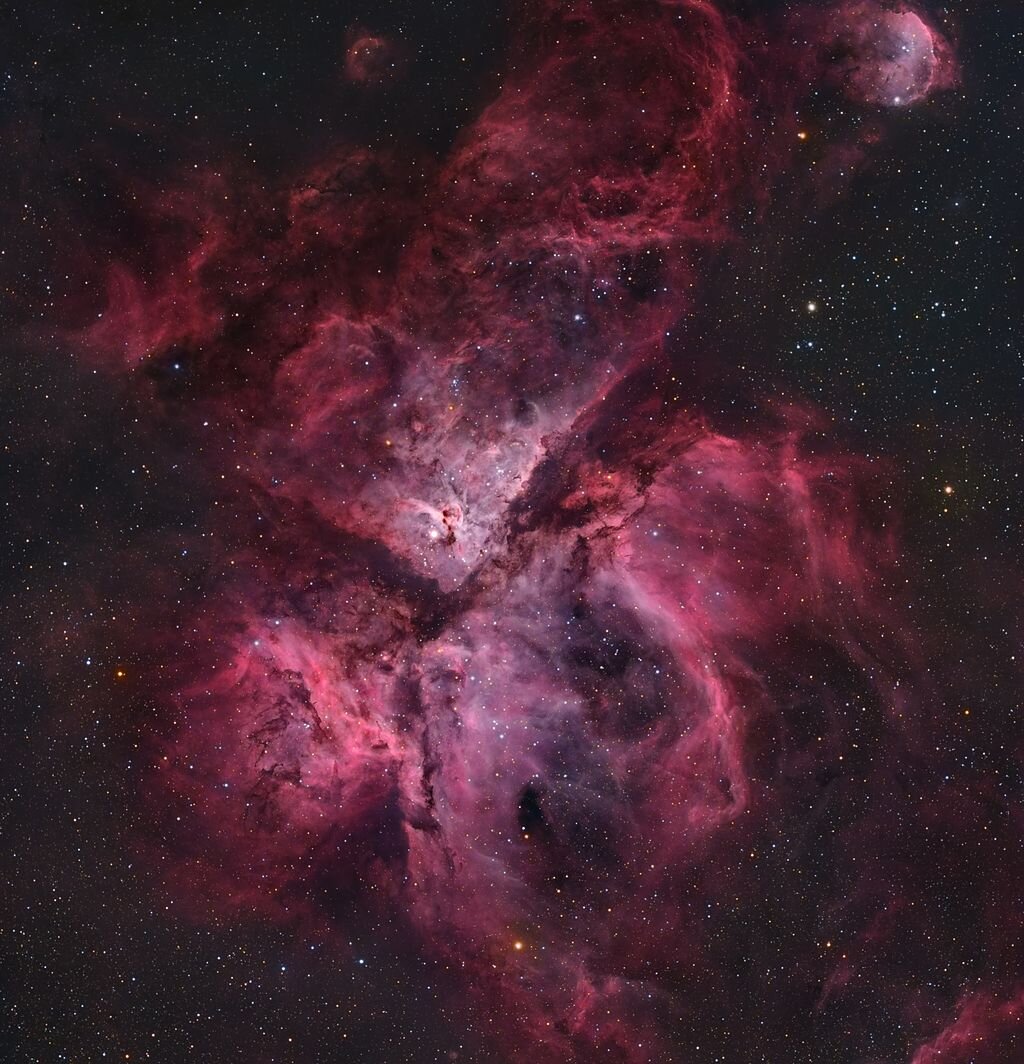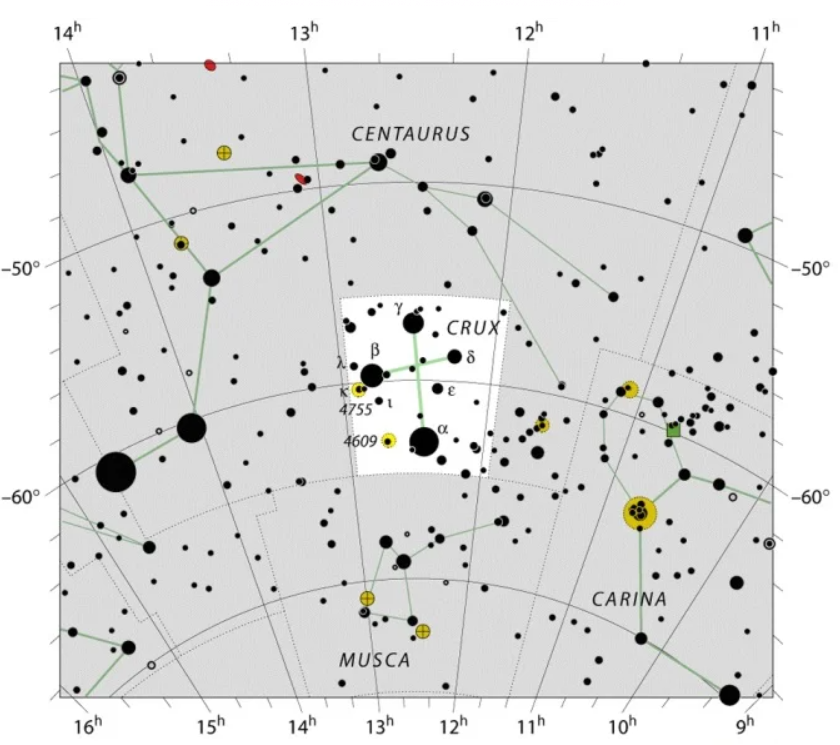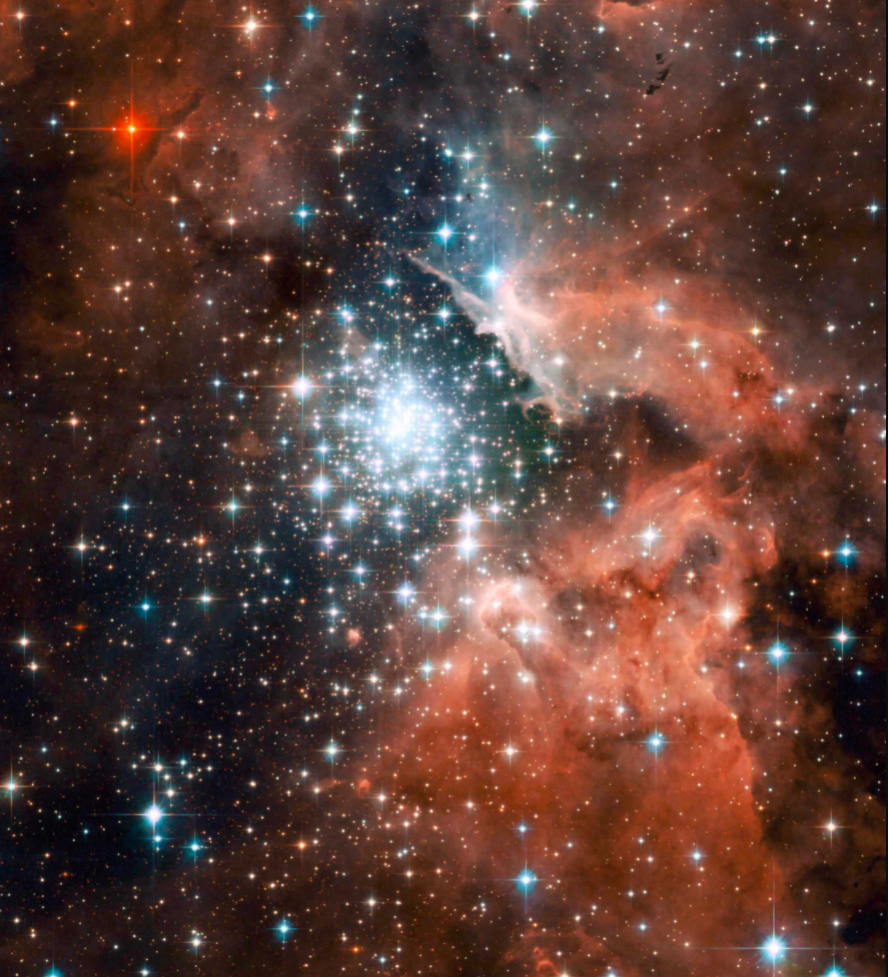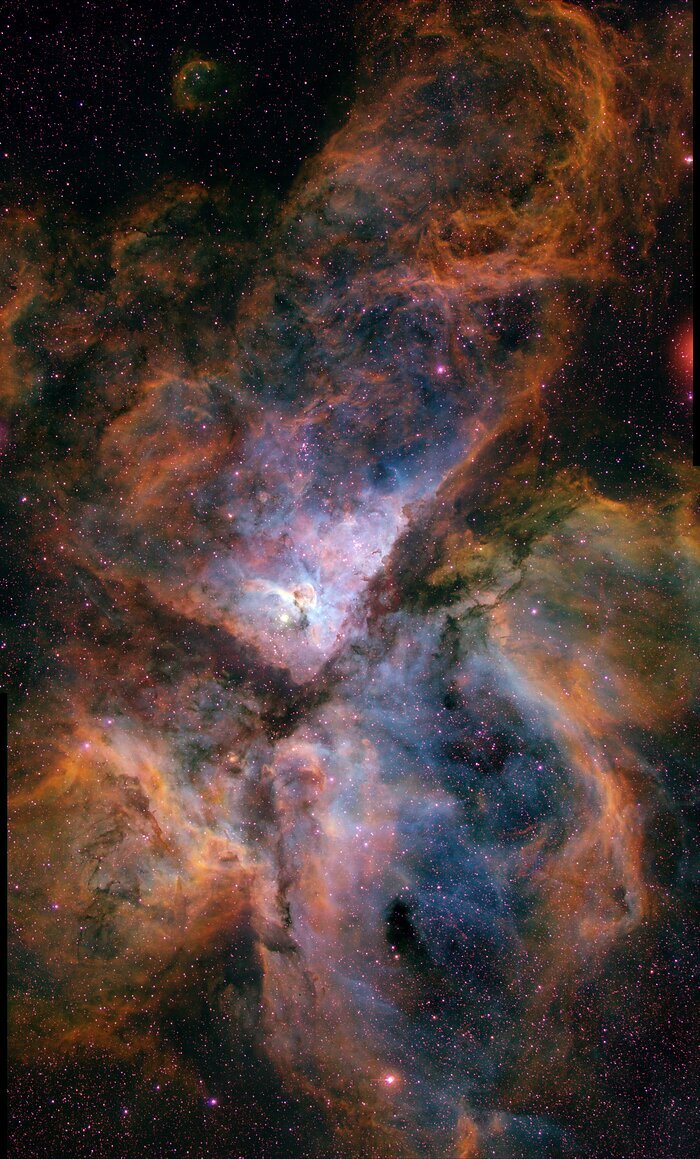Stargazing in the Caribbean
Westpunt, the most northwesterly point on Curaçao, sits just north of the equator—making it one of the island’s finest locations for night-sky viewing. What sets the Caribbean apart is its low light pollution and the rare ability to see both northern and southern constellations in a single sweep of the sky.
But that’s not all.
Unlike in Europe or North America, where the Moon and planets often hug the horizon, here in Curaçao they pass nearly overhead. This part of the sky has the thinnest slice of atmosphere, meaning stars and planets appear brighter and sharper to the naked eye or through a telescope.
If you're visiting from the Northern Hemisphere, prepare for a celestial treat. Stand on the tip of the Cliff Villa Peninsula and gaze southward. Look for the Southern Cross (Crux), Carina, and Centaurus, or use binoculars to find treasures like the Carina Nebula and the sparkling Jewel Box cluster—astronomical gems invisible from Europe and most of North America.
Enjoy the show.
Why Curaçao is a Unique Stargazing Destination
Equatorial Advantage
Unlike in Europe, the United States, or Canada, Curaçao’s near-equatorial location lets you see constellations from both hemispheres in a single night. This includes star patterns that never rise above the horizon further north. Located just 12° north of the equator, Curaçao offers an exceptional view of both Northern and Southern Hemisphere constellations—a rare treat that few global destinations can match. With low light pollution, clear tropical skies, and southern-facing coastlines, Curaçao delivers unforgettable night-sky experiences for casual observers and seasoned astronomers alike.
Low Light Pollution
Much of the island, especially on the western side (Banda Abou) - Cliff Villa Peninsula, is free from major light pollution. Beaches like Playa Grandi, Playa Jeremi, and Shete Boka National Park offer prime dark-sky conditions.
Thanks to its dry climate and stable temperatures, Curaçao enjoys consistent visibility with minimal atmospheric interference—no cold nights or seasonal cloud cover to worry about.
What to Look for in the Night Sky
Northern Constellations
Constellations like Orion, Ursa Major, Cassiopeia, and the North Star (Polaris) are visible just as they are in North America or Europe—but with the added benefit of warmer weather and clearer skies.
The Milky Way
From March to September, the Milky Way arcs overhead in dazzling fashion. Its core—rich with stars, gas clouds, and dark lanes—is best viewed near new moon phases.
Meteor Showers
Curaçao offers excellent conditions for observing annual meteor showers:
Perseids (August)
Geminids (December)
Lyrids (April)
Southern Sky Highlights You Can See from Curaçao
While most of these constellations are never visible from Europe or most of North America, Curaçao gives you a rare southern view. Here are the most spectacular highlights:
Crux (The Southern Cross)
Crux is the smallest constellation in the sky but one of the most recognizable. Its cross-shaped cluster of four main stars has guided navigators for centuries and appears on several national flags, including Brazil and Australia.
Best viewed: April through June, low on the southern horizon.
How to spot it: From a dark beach like Playa Jeremi, look south after nightfall. Crux appears small and low in the sky, but its pattern is easy to recognize.
Navigation tip: Extend the long axis of Crux downward to roughly locate the South Celestial Pole, just as Polaris marks the North in the other hemisphere.
Centaurus
Encircling Crux is Centaurus, a large and brilliant constellation housing Alpha Centauri, the closest star system to Earth at just over 4 light-years away.
Alpha Centauri is part of a triple-star system that includes Proxima Centauri, where astronomers have detected a rocky planet—Proxima b—in the habitable zone.
These stars are sometimes called the “Southern Pointers”, helping locate Crux in the sky.
From Curaçao, Centaurus rises and sets low along the southern horizon, visible mainly between March and June.
Carina
Part of the ancient mythological ship Argo Navis, Carina represents the keel and contains Canopus, the second-brightest star in the night sky (after Sirius).
Canopus is a golden-white giant star often used for spacecraft orientation—NASA’s Voyager probes rely on it for stellar navigation.
You’ll find it to the east of Crux, shimmering briefly above the horizon.
Note: Canopus appears only for a short window each night in Curaçao, especially during February to May, so timing and location matter.
Curaçao vs. Europe and North America: What’s Different?





